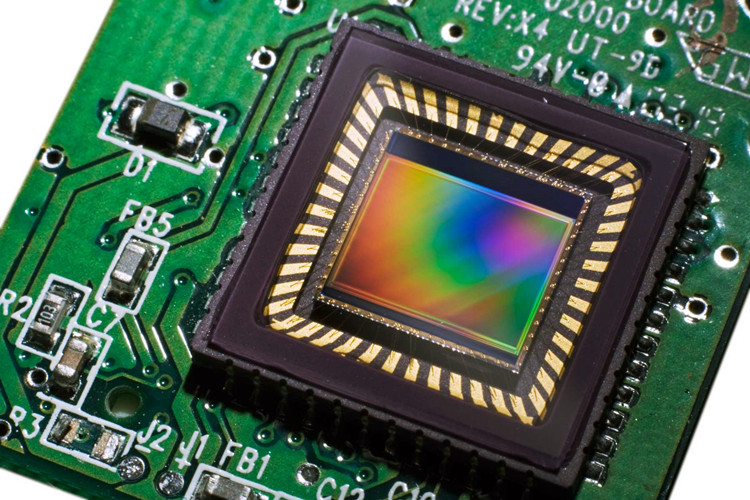Basics of CMOS Color Image Sensor
Time:2017-07-06
Today‘s most security video camera utilizes the CMOS image sensor which can capture image with megapixel resolution ( even you can find security cameras offer 4K or even 8K ultra high definition resolution).

CMOS is the abbreviation of "Complementary Metal Oxide Semiconductor". CMOS image sensor is an active pixel sensor, and comparing with a CCD sensor,it has a different working principle. A CMOS imaging chip is a kind of image sensor that the charge-to-voltage conversion takes place in each pixel instead of in a common output structure. It uses red, green, and blue color filters and pass data through metal wiring and onto photo diodes.
The optical format of image sensor will affect the imaging performance on many aspects. When checking the IP camera‘s specification, we can find many different dimension size of image sensor such as 1/4", 1/3", 1/2.8", 1/1.9" etc.
Generally, the larger the image sensor‘s dimension means the camera supports higher image resolution. 1/4" inch CMOS image sensor has been widely used in 720p IP cameras, while the 1/3" inch sensor is able to capture 2-megapixel resolution image.
The size of CMOS image sensor also effects its light sensitivity. The larger the CMOS image sensor, the better its light performance. Therefore, a 1/1.9" CMOS image sensor camera can provide better low light performance, it even can capture color image at night.
The size of image sensor is also correlated with the image depth and focal length. The smaller the image sensor, the lens‘s focal length more shorter (wider viewing angle), therefore can get background and foreground well-focused image, while big CMOS sensor can capture image with "background blur".















